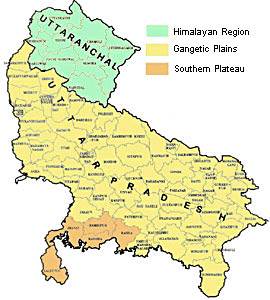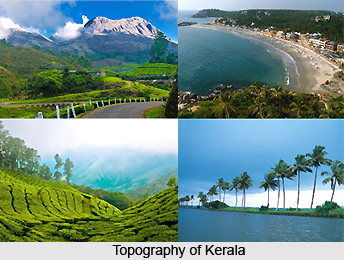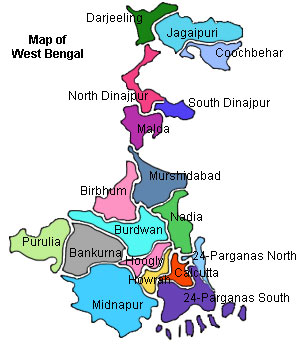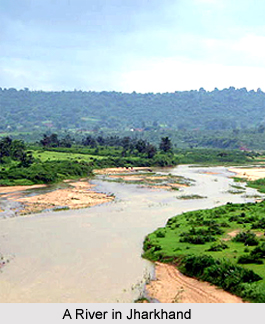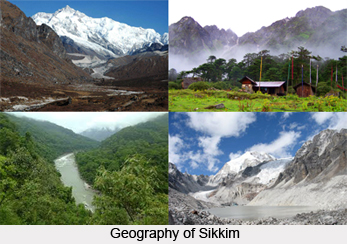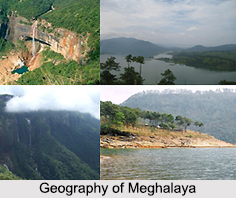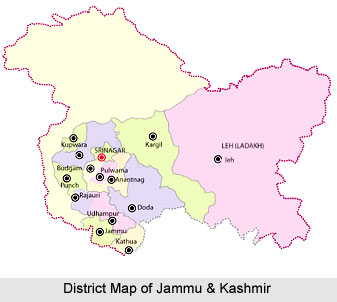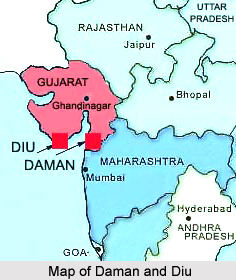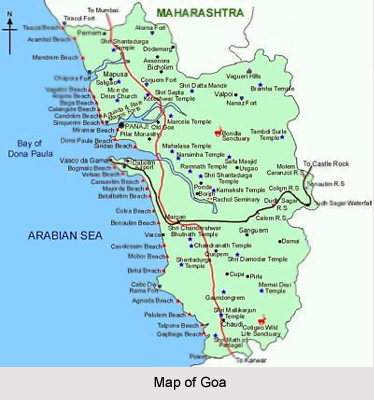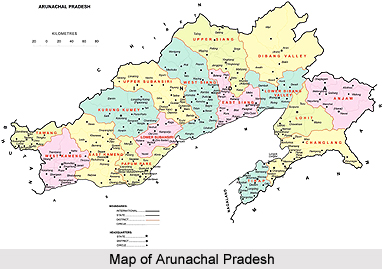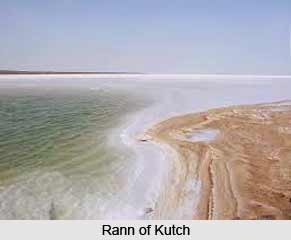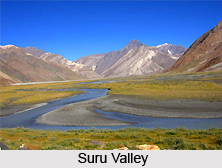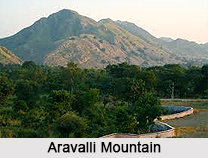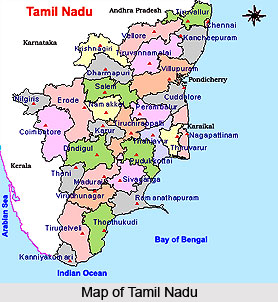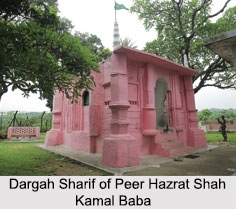 Dargah Sharif of Peer Hazrat Shah Kamal Baba in Meghalaya is popularly known as Peersthan or Dargah which has been a symbol of communal harmony since centuries. The site is the burial place of the last remains of Hazrat Shah Kamal and his Garo wife. The Peersthan is also known for the presence of a stone believed to be of Devi Kamakshya of Mankachar, Assam. The structure of the shrine represents similarity to the Mughal architecture. Dargah Sharif of Peer Hazrat Shah Kamal Baba is presently being maintained by the Fakir Sawayat worshippers.
Dargah Sharif of Peer Hazrat Shah Kamal Baba in Meghalaya is popularly known as Peersthan or Dargah which has been a symbol of communal harmony since centuries. The site is the burial place of the last remains of Hazrat Shah Kamal and his Garo wife. The Peersthan is also known for the presence of a stone believed to be of Devi Kamakshya of Mankachar, Assam. The structure of the shrine represents similarity to the Mughal architecture. Dargah Sharif of Peer Hazrat Shah Kamal Baba is presently being maintained by the Fakir Sawayat worshippers.
Location of Dargah Sharif of Peer Hazrat Shah Kamal Baba
Dargah Sharif of Peer Hazrat Shah Kamal Baba is located in West Garo Hills, Meghalaya. It is about 80 kms from Tura, near India-Bangladesh border.
History of Dargah Sharif of Peer Hazrat Shah Kamal Baba
The history behind this Dargah Sharif of Peer Hazrat Shah Kamal Baba dates back to about 700 years during the reign of Raja Mahendranarayan. Legend has it that during the rule of Raja Mahendra Narayan - the Zamindar of Karaibari, a demon was creating destruction by killing and devouring the people of the village. Shah Kamal by his super natural power drove away the demon and restored peace in the kingdom. The Raja as a token of his gratitude donated 1280 bighas of land as a gift to Shah Kamal. After the death of Shah Kamal and his wife, the burial place was constructed on a hillock overlooking Bangladesh and till today the graves of the couple can be seen in this Dargah.
Celebration at Dargah Sharif of Peer Hazrat Shah Kamal Baba
Dargah Sharif of Peer Hazrat Shah Kamal Baba is also characterized by a continuous traditional annual Urs or the prayer-fair that has existed since the pre-partition of East Bengal and held at the Peersthan, close to Mahendraganj, West Garo Hills. Every year Muslims, Hindus and Garos irrespective of caste, creed and religion, assemble to celebrate the occasion as an annual Mela. People from across the state and neighbouring states pour in hundreds to seek blessings from the Peer Baba at his shrine.
